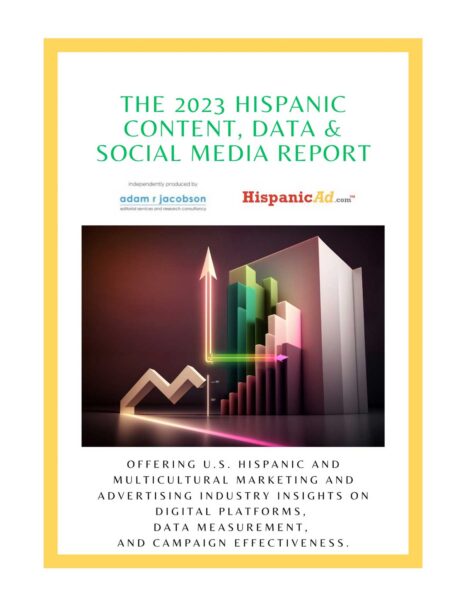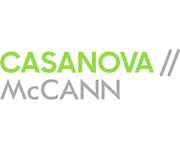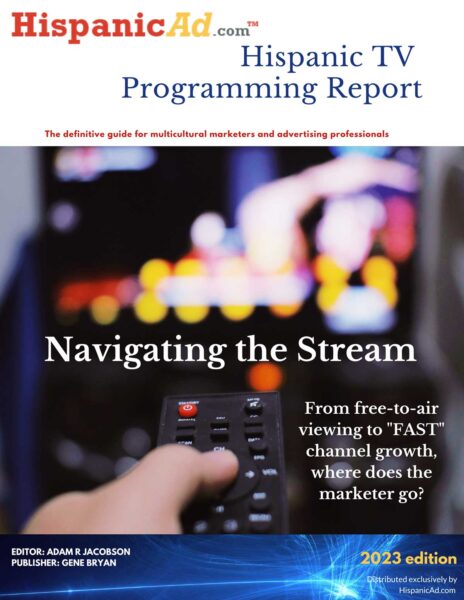Tidal Wave of Digital Content Posing Significant Management and Operational Challenges to Marketing Professionals
February 13, 2016
![]() Despite heavy investments in managing the surge of digital content, the operational side of content management is eating up a big chunk of marketing professionals’ time, according to a new study from Accenture.
Despite heavy investments in managing the surge of digital content, the operational side of content management is eating up a big chunk of marketing professionals’ time, according to a new study from Accenture.
More than half of the senior marketing leaders surveyed (53 percent) stated that they spend more time on operational details – for example, requirements documentation, securing legal and leadership approval, and content tagging definition – than on core marketing and branding activities. This reflects a rapidly accelerating trend as 80 percent predict that two years from now they will spend even more time on operational details than they do today.
“Content fuels virtually everything a marketer touches – all roads lead there,” said Donna Tuths, global managing director, content services at Accenture Interactive. “Content is marketing’s most vital asset – literally the currency of communication powering engagement and driving sales. Ironically, the exponential digital content growth now has the potential to become marketing’s greatest obstacle to drive value from it.”
The focus on the operational side of digital content management is also reflected in how companies measure content effectiveness. Only 16 percent analyze how it contributes to customer lifetime value – with operational statistics, such as operational costs, cycle time, and time-to-market, all ranking higher.
Digital Content is surging around the globe
According to the inaugural Accenture Interactive State of Content report, titled “Content: The H2O of Marketing,” which represents the views of 1,078 senior marketing leaders in 17 countries,
- Ninety-two percent are now dealing with more digital content than two years ago;
- Eighty-three percent predict the volume will further increase in the next 24 months;
- Fifty percent have more content than their marketing organizations can effectively manage.
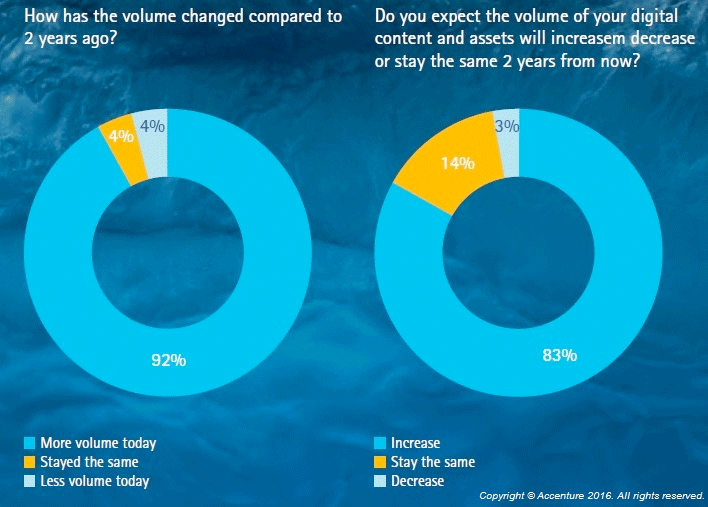
Huge investments in scaling content
Marketing organizations are investing heavily to get a grip on the flood of content which is driven by the proliferation of digital channels. The majority of the survey respondents (73 percent) said their organizations spend more than $50 million annually on content management alone. However, only 45 percent report that they are very confident that their digital content investments will achieve business objectives.
Why is content so difficult for companies?
Respondents cited three top reasons why they are challenged with managing digital content: lack of skilled talent, deficiency in technology, and overall process issues. For example, 78 percent of respondents feel the need for better alignment with IT, as marketing today relies more on technology than ever before.
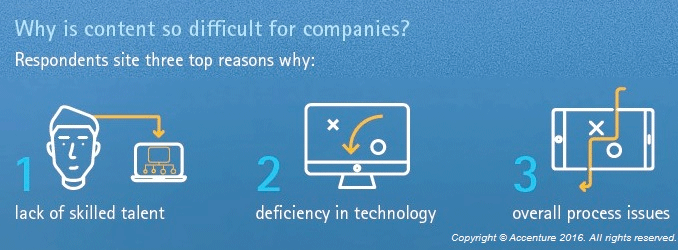
Content needs to be treated as an enterprise issue
“The problems marketers are pointing out are symptoms of a broader issue,” said Tuths. “There is a finite amount of content you can create and manage using current approaches. Organizations need to recognize content as an enterprise issue that does not belong purely to marketing, IT, or any other stakeholder. Now is the time to step back and look at your content needs on a holistic basis.”
This includes having a content strategy in place that addresses current and future needs – which only 58 percent actually do. Organizations can also benefit from developing and managing content under a centralized model. This would allow marketers to spend almost three times the amount of their time on branding and marketing activities. However, only five percent of organizations today work in a completely centralized way when it comes to content, with 35 percent of respondents anticipating that their organizations will be completely centralized in two years.
“To truly harness the power of content, you have to bridge the gap that currently exists in the organization between business units, geographies, and brands – enabling an effective governance and content operating model,” said Tuths. “Look at how sustainability has become a driving factor in determining how natural resources are produced and distributed globally. Successful brands will take a similar approach when developing models for creating and managing digital content.”






















